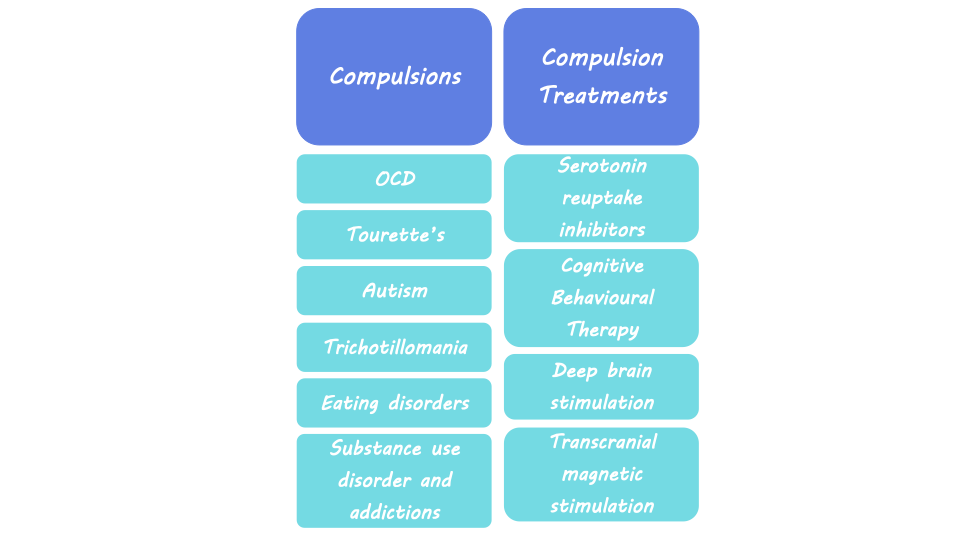How Brain Connectivity Contributes to Different Types of Goal Pursuit
Post by Lila Metko
The takeaway
There is lower connectivity between movement-related brain regions in individuals with a higher propensity to use the ‘prevention system’ to pursue goals that prevent a negative outcome rather than the ‘promotion system’ to pursue goals that have a positive outcome.
What's the science?
According to regulatory focus theory, there are two major cognitive-motivational systems involved in accomplishing goals: the promotion system, involved in achieving hopes and dreams, and the prevention system, involved in fulfilling duties and obligations. The promotion system is oriented towards making good things happen, while the prevention system is focused on preventing negative things from happening. Individual differences in these systems of self-regulation have been linked to psychopathology. There are previously established brain regions that have been shown to be involved in each of these systems and they share some overlap. This week in PNAS Nexus, Kim and colleagues used functional magnetic resonance imaging (fMRI) data to create a predictive network model capable of predicting differences in propensity towards regulatory focus systems based on connectivity between neural structures.
How did they do it?
The authors studied 1,307 university students enrolled in the Duke Neurogenetics Study. They gave the participants the Adolescent Regulatory Focus Questionnaire (RFQ), a questionnaire that measured their inclination towards a promotion system or prevention system way of attaining goals. fMRI scans were taken of the participants in both resting state (patients awake with eyes open but with no task) and during emotional face matching, card guessing, working memory, and face naming tasks. The authors then estimated general functional connectivity for each participant by combining resting state and task fMRI data and regressing out task-related events, to obtain more reliable data than if they used resting fMRI alone. A predictive model of regulatory focus orientation was created using correlations from participants’ functional connectivity to their scores in the RFQ. A group of participants was left out of the creation of the model to test its ability to predict regulatory focus orientation. To test this, they compared actual scores to predicted scores in the group that was left out.
What did they find?
The model generated by the authors was predictive of prevention but not promotion scores. It’s possible the lack of prediction for promotion scores is because promotion-orientated processes do not require as complex cognitive processes as prevention and thus may not be detectable in these measures of functional connectivity. It was found that lower functional connectivity between association cortices (brain regions involved in understanding sensory information and planning a behavioral response) was correlated with increased prevention. It had been previously established that these association regions were important for prevention behaviors, but interestingly the authors found a novel region associated with prevention; the primary motor cortex. More than half of the measures of brain connectivity that had a negative correlation with prevention scores involved the primary motor cortex.
What's the impact?
This study is the first to show that the primary motor cortex, a region involved in initiating voluntary movements, contributes to prevention system function. It is also the first study to create a predictive model for these types of preventative behaviors in a large sample. Importantly, regulatory focus orientations are predictive of vulnerability to psychopathology and improper function of these regulatory systems may also be predictive of generalized anxiety disorder and depression. Thus, the study of brain regions involved in regulatory focus is of high clinical significance.



